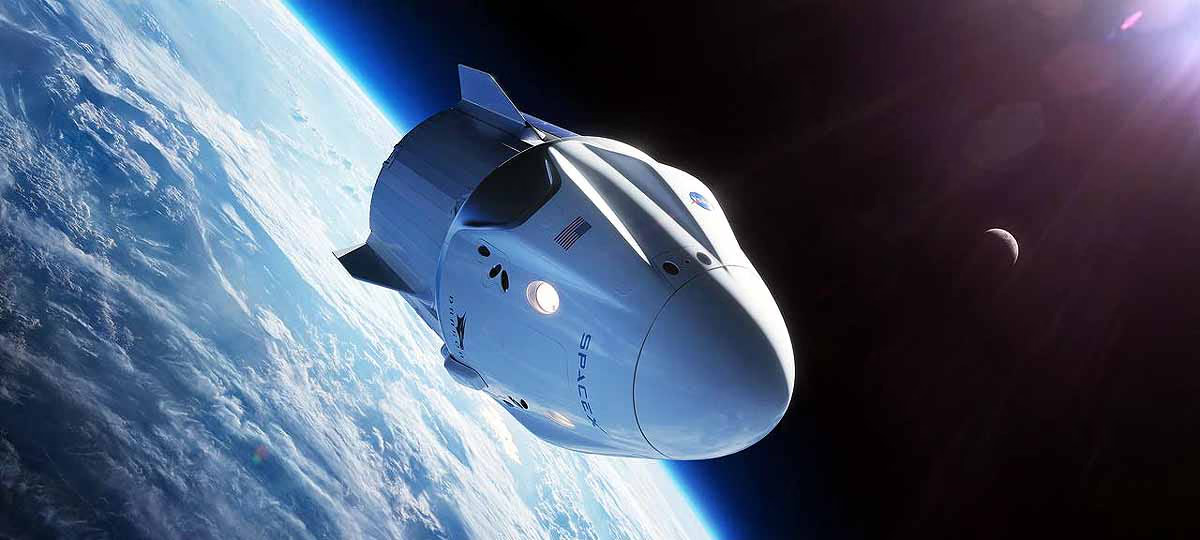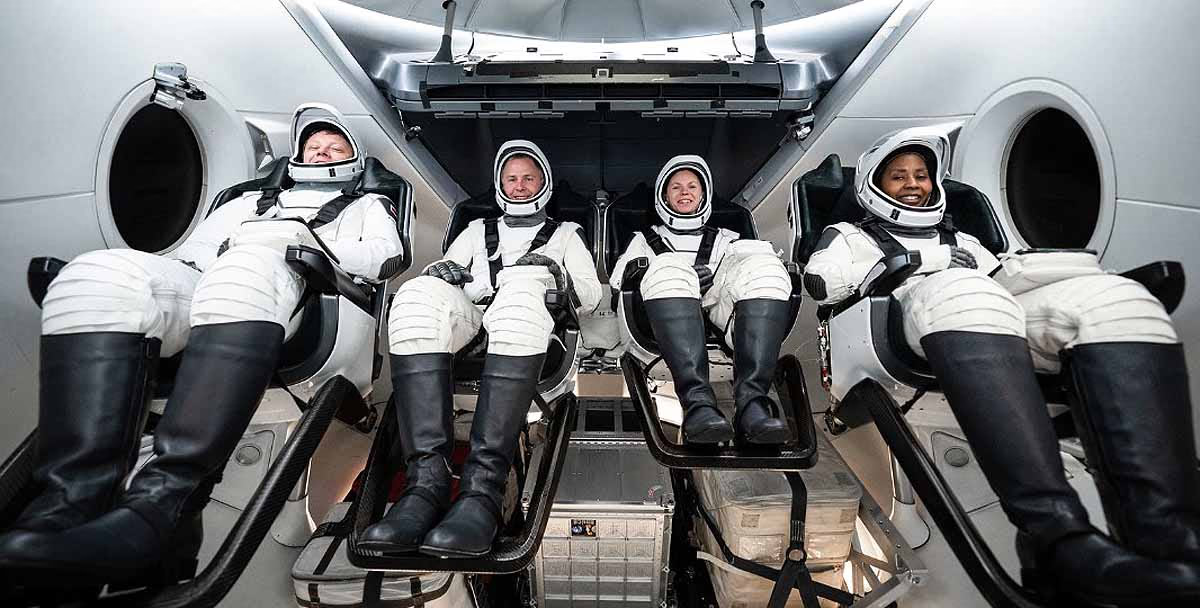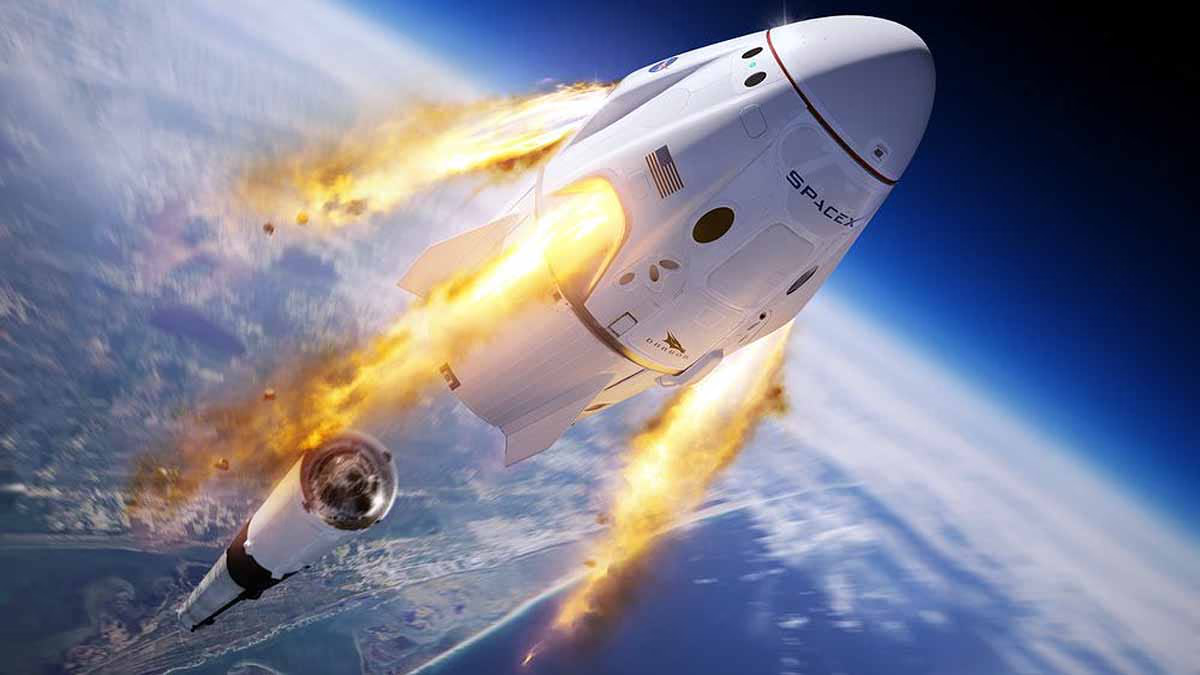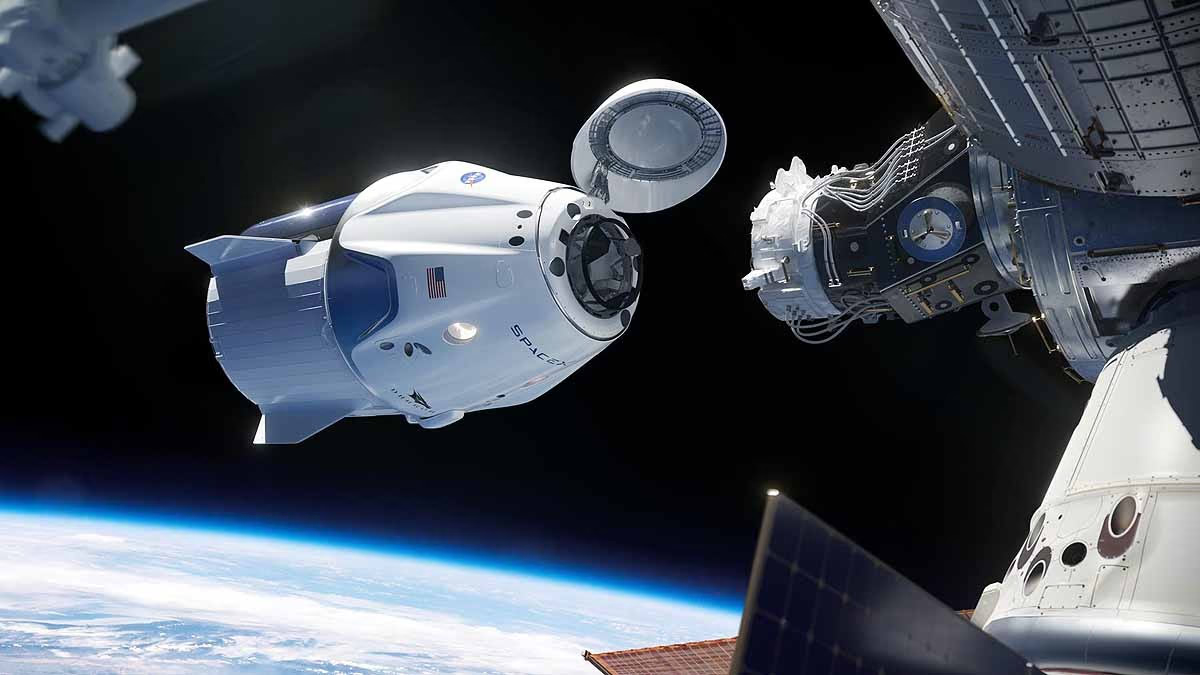In February 2025, Indian-American astronaut Sunita Williams and American astronaut Butch Barry Wilmore will return to Earth. NASA has chosen SpaceX's Dragon Crew Capsule for this mission. The capsule has been launched 46 times since its creation.
The Dragon Capsule has traveled to the International Space Station 42 times and has been reflown 25 times. It accommodates up to seven astronauts per flight and is the first privately owned spacecraft to consistently transport astronauts and cargo to the space station. The empty capsule weighs 7,700 kilograms.
Also Read: NASA's Major Announcement: Sunita Williams Will Return to Earth in February Onboard SpaceX's Dragon Spacecraft

Source: aajtak
With cargo and astronauts, the capsule's maximum weight capacity is 12,500 kilograms. It can transport up to 6,000 kilograms to any orbit and deliver or return 3,307 kilograms to/from the space station. Typically, it carries 2 to 4 astronauts.
Can Evacuate Seven Astronauts in an Emergency
In emergency evacuation scenarios, the capsule can be configured to seat seven astronauts. It can stay in space for 10 days if flying solo in low Earth orbit, but when docked to the space station, it can remain for up to 210 days.
Also Read: Space Emergency: From an Eight-Day Mission to Surviving Eight Months in Space - How Will Sunita Williams Fare?

Source: aajtak
12 Dragon Capsules Built So Far, Six Designed for Astronauts
The Dragon Crew Capsule stands at 15 feet tall, and with its propulsion system, it reaches 26.7 feet. Inside, it has a 13-feet diameter and a 12-feet width. SpaceX has created multiple variants of this capsule. To date, 12 Dragon Capsules have been built: 6 crewed, 3 for cargo, and 3 prototypes.
Eight Operational Dragon Capsules, Four for Astronauts
Currently, there are eight operational Dragon Capsules: four for astronauts, three for cargo, and one prototype. Three capsules have retired: one crew and two prototypes.
Also Read: Sunita Williams Sent to the Space Station in a Previously Faulty Capsule; Here Are Four Return Options

Source: aajtak
Consistent Success Since 2019
The capsule's first unmanned flight occurred on March 2, 2019, and its first manned flight on May 20, 2020. Its initial cargo flight was on December 6, 2020. Typically, it is launched using SpaceX's Falcon 9 Block 5 rocket and carries 2,563 kilograms of fuel for trips to and from the space station.




